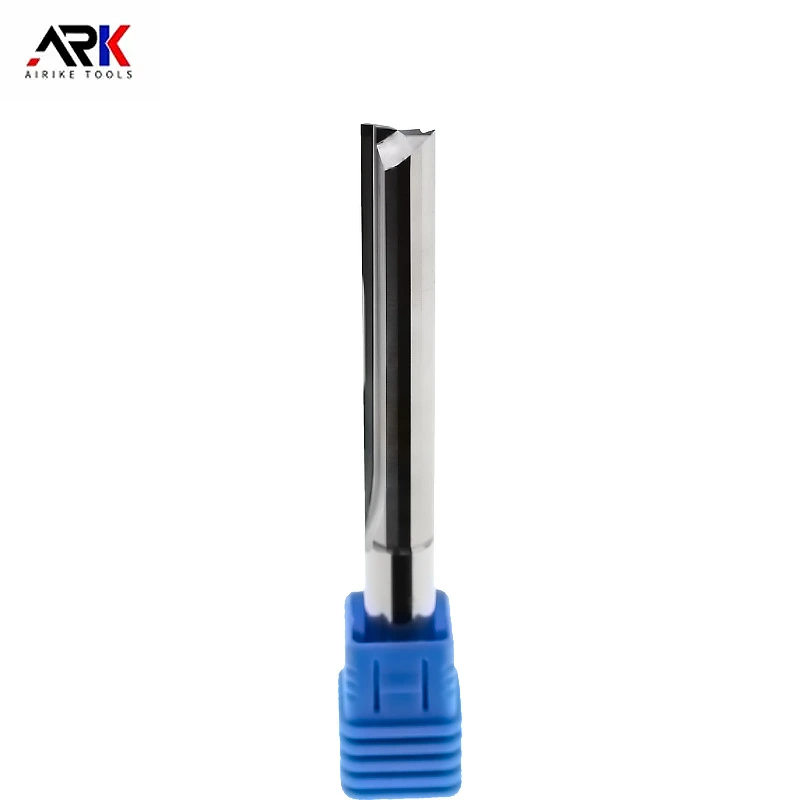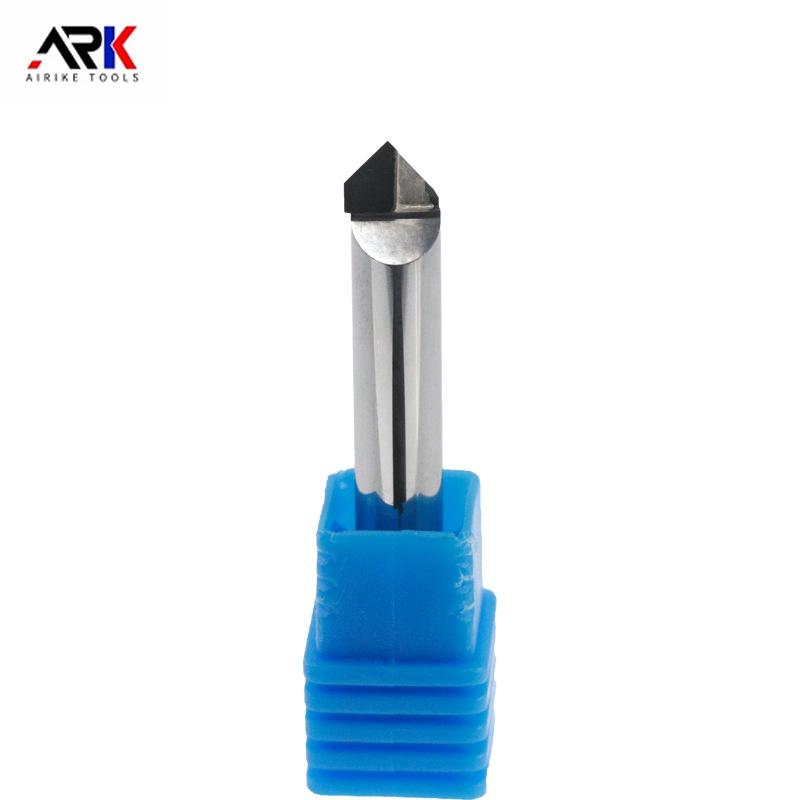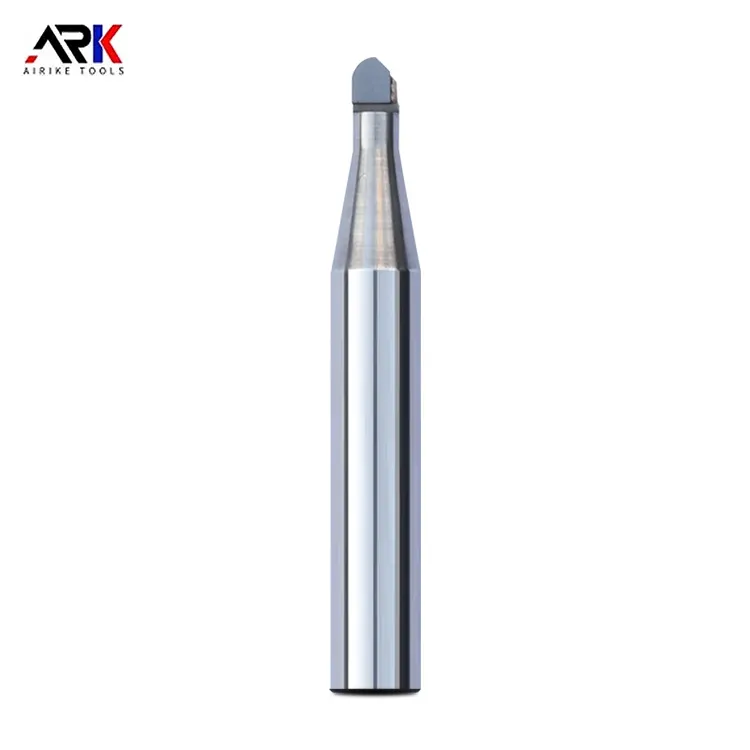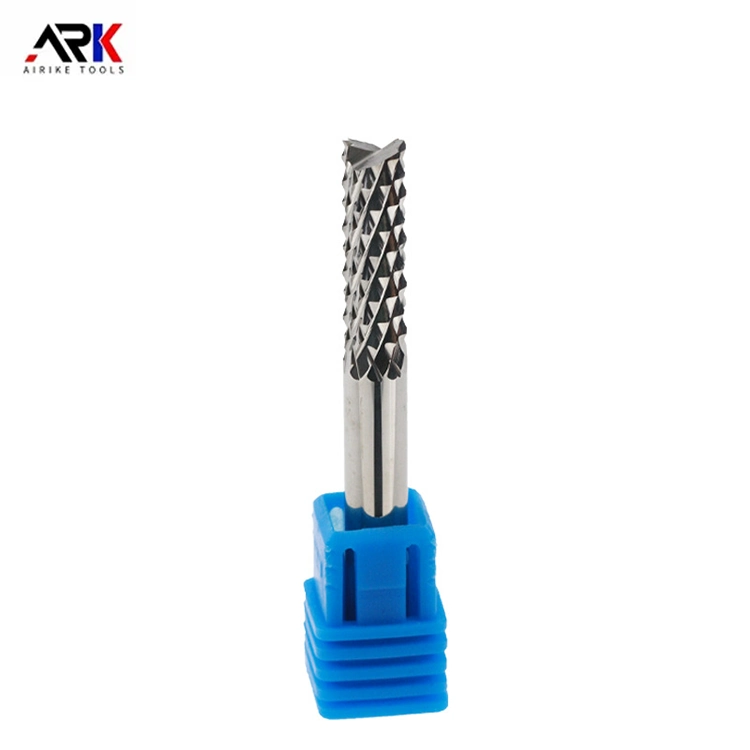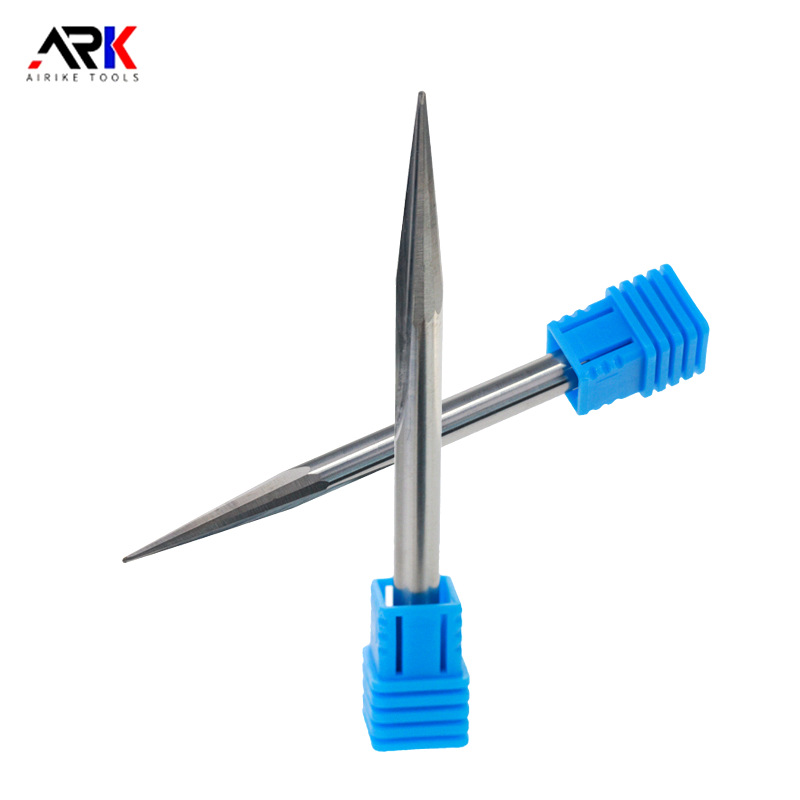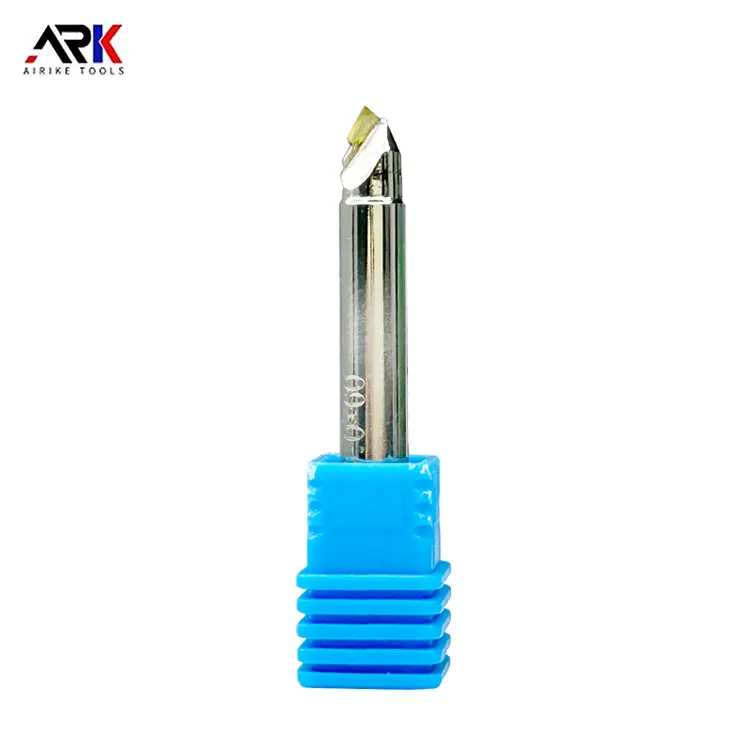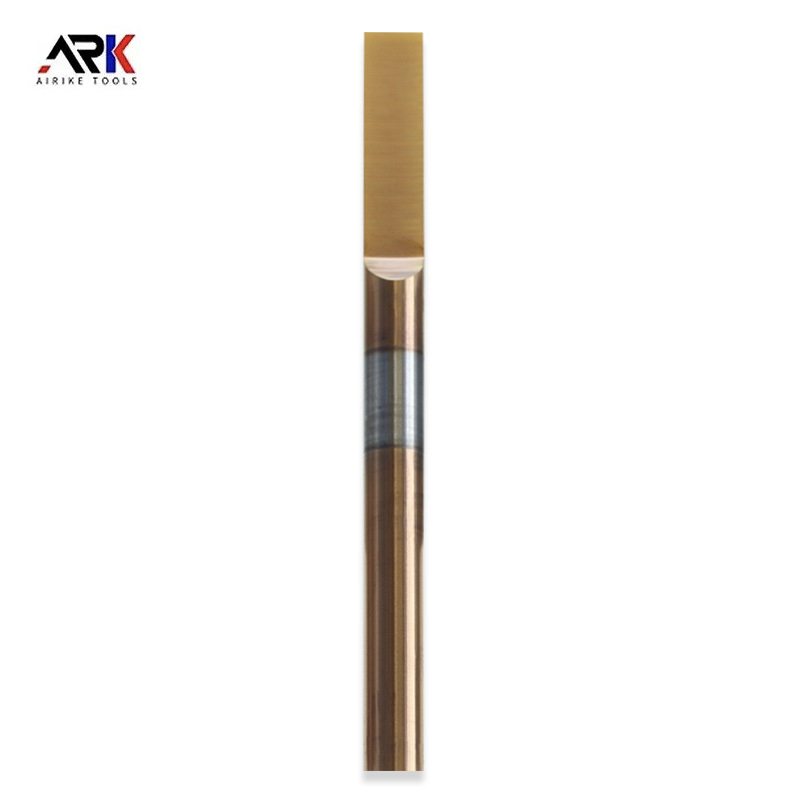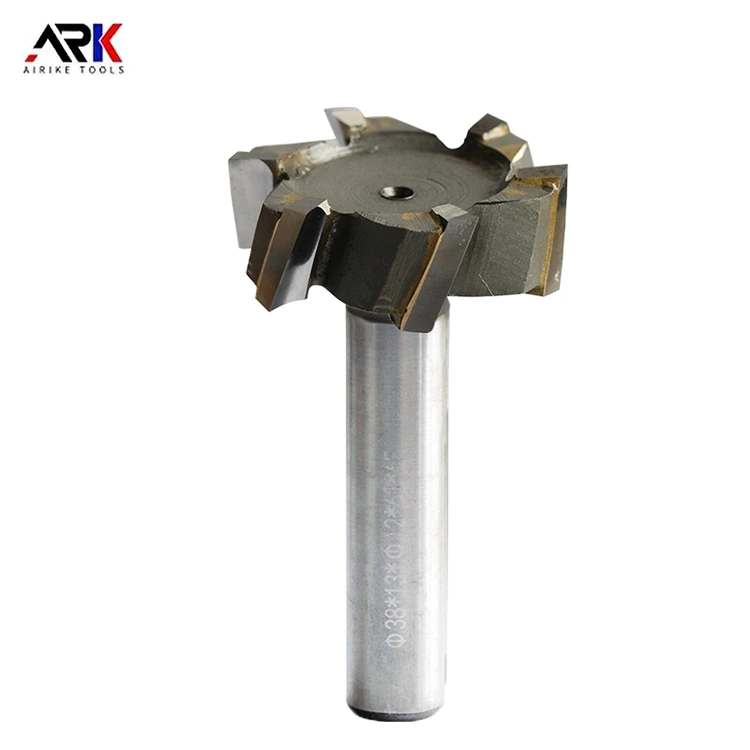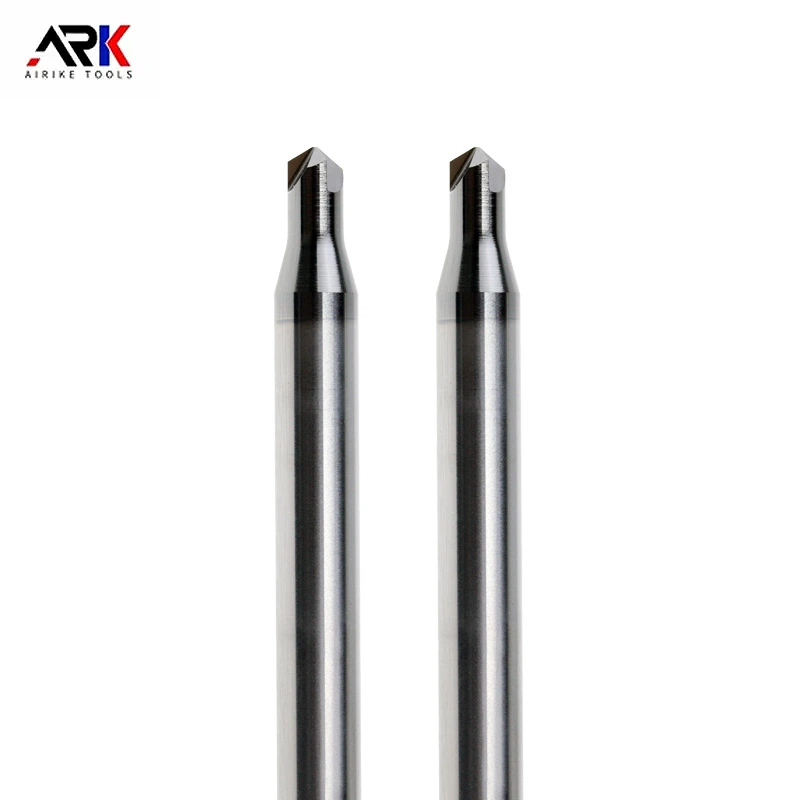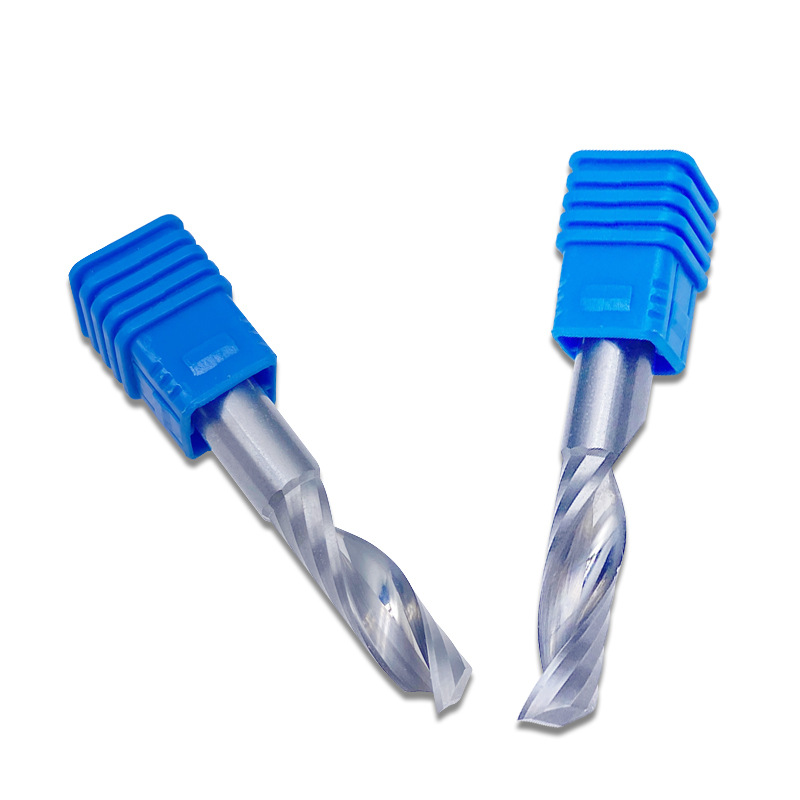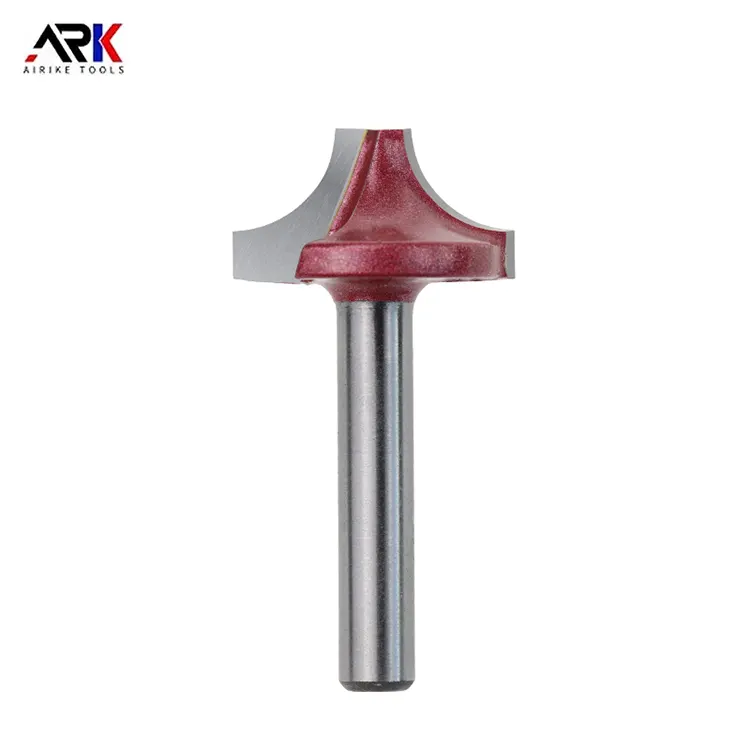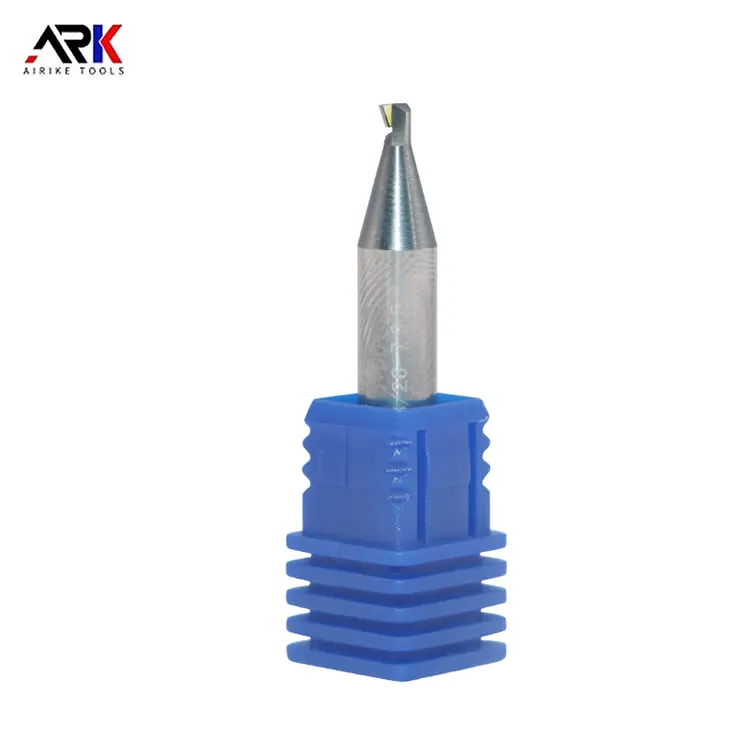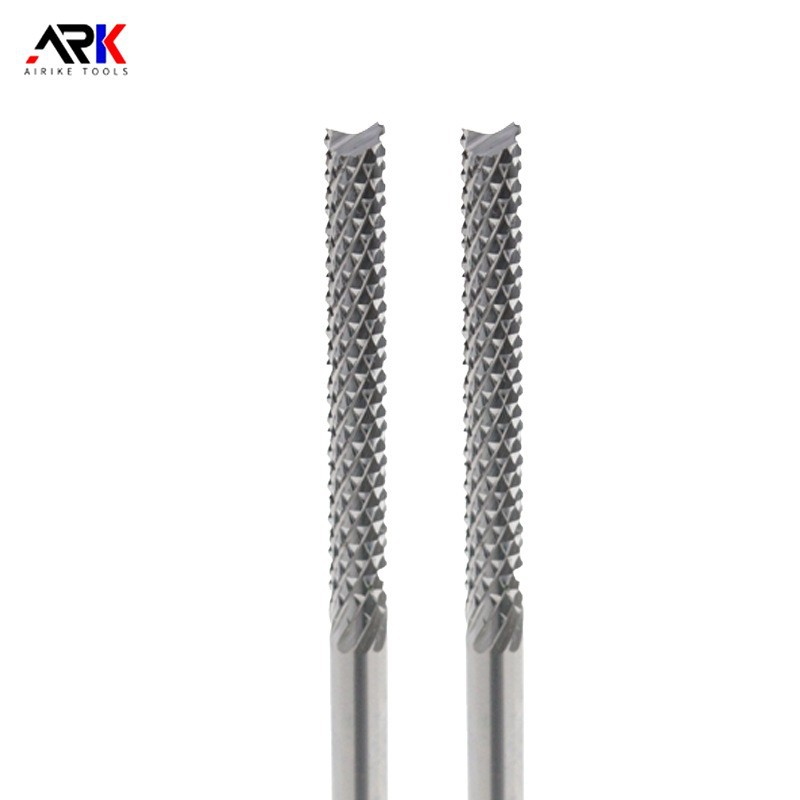Email Us
What is the appropriate degree of milling cutter for engraving machine?
The selection of milling cutter for engraving machine should be comprehensively considered according to multiple factors such as hardness of processing material, processing precision requirements and tool type. The following is a detailed analysis of the selection of milling cutter angles in different situations by the editor of Zhongyeda:
1. Choose according to material hardness
Materials with higher hardness:
Such as metal or hard plastic, it is usually necessary to choose a milling cutter with a smaller angle, such as 30° or 45°. Milling cutters with these angles have stronger cutting force and better wear resistance, and can better cope with the cutting challenges of high hardness materials.
Materials with lower hardness:
Such as cork or foam, you can choose a milling cutter with a slightly larger angle, such as 60° or larger. This can reduce cutting resistance and improve processing efficiency.
2. Choose according to processing accuracy
High-precision processing:
It is necessary to choose a milling cutter with a smaller angle, because a milling cutter with a small angle can more accurately control the cutting amount during cutting, reduce vibration and deviation during cutting, and thus improve processing accuracy.
Rough processing:
For occasions where precision requirements are not high, you can choose a milling cutter with a slightly larger angle to improve processing efficiency.
3. Choose according to the tool type
Different types of milling cutters have different design features and applicable ranges, so the tool type also needs to be considered when choosing the angle. For example:
Flat-bottom milling cutter:
Usually used for plane processing, its angle selection is relatively flexible.
Ball-end milling cutter:
More suitable for curved surface processing, its angle selection needs to be more refined to ensure the processing quality.
IV. Other considerations
Consult professionals:
When choosing the milling cutter angle, it is recommended to consult experienced professionals for more accurate advice.
Reference to the machine manual:
Different brands and models of engraving machines may have different requirements for the milling cutter angle, so it is recommended to refer to the recommended angle in the machine manual for selection.
Regular inspection and maintenance:
During use, the milling cutter should be regularly inspected and maintained to extend its service life and ensure the stability of processing quality.
In summary, the angle selection of the milling cutter for the engraving machine is a complex process that requires consideration of multiple factors. In actual applications, it is recommended that users make comprehensive judgments based on the specific situation and consult professionals or refer to the recommended angles in the machine manual for selection.
- How to Choose Chamfering Cutter Brands? Three Steps to Find the Right Fit
- What are the parameters for graphite milling cutters?
- Is a spiral or straight flute woodworking milling cutter better for edge trimming?
- Can diamond-tipped Engraving Machine Milling Cutters handle ultra-fine detail engraving?
- How to Improve the Processing Efficiency of Woodworking Milling Cutters?
- What is the welding process for Welded Milling Cutters?
Contact Us
Paibang Industrial Zone, Henggang Town, Longgang District, Shenzhen
Copyright © 2025 Shenzhen Zhongyeda Precision Technology Co., Ltd. All Rights Reserved.


